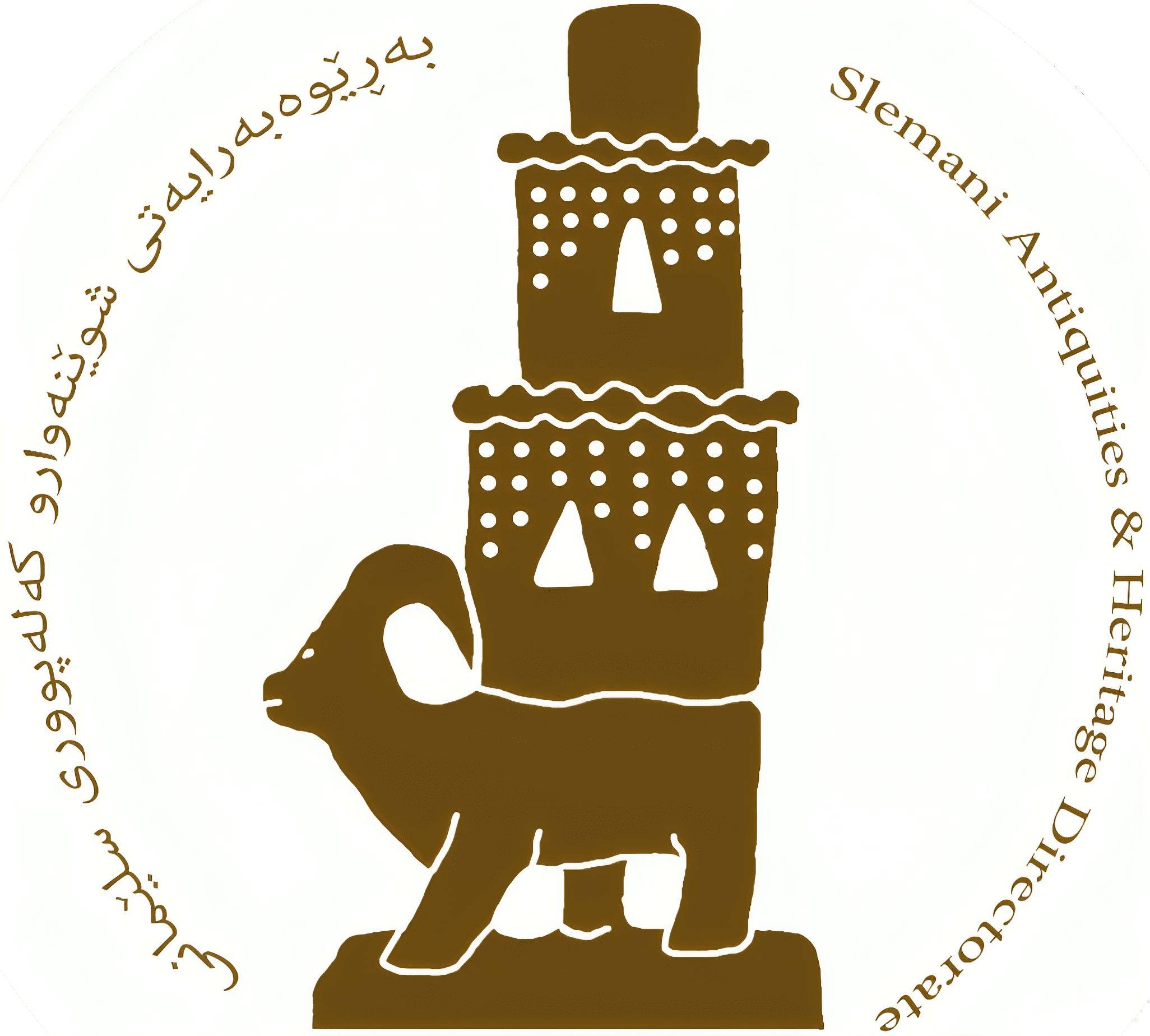Darband-i Rania Archaeological Project, with an area in excess of 70 ha a special interest in the first millennium BC

Darband-i Rania Archaeological Project the Darband-i Rania Archaeological Project was a project directed by Dr. John MacGinnis of the British Museum, carried out in co-operation with the General Director of Antiquities of Kurdistan, the Directorate of Antiquities and Heritage of Raparin and the Directorate of Antiquities and Heritage of Slemani. The aim of the project was to explore the occupation of the pass through the fortified systems constructed to defend it, with a special interest in the first millennium BC. The permit granted by the General Directorate allowed the investigation of three sites, Qalatga Darband, Usu Aska and Murad Rasu.
Qalatga Darband
Qalatga Darband is the largest of the sites investigated, with an area in excess of 70 ha. Enclosed by fortifications, all dating to the early Parthian period. The two most prominent buildings investigated were (i) a large square fort situated within the wider fortified area, identified through satellite imagery, mapped by geophysical prospection ground-truthed by targeted excavations; and (ii) a monumental manor house measuring 23 m square, with a lower storey built of stone walls with alternating square and circular columns on the outer phase, and an upper storey of mud brick, the building was rooved with Mediterranean-style terracotta roof tiles. The most striking finds in the building are the remains of Hellenistic sculpture, the most notable of which a statue of a naked male are and a statue of a seated female.
Usu Aska
The second site to be investigated was Usu Aska, a fort inside the pass itself, on the southern side, dated to the Neo-Assyrian period. The site consists of massive fortification walls connected to a fortified knoll (now an island when the lake is high) at the northeastern end. The successive jumbles of collapsed masonry, particularly on the inner (mountain) side, show that the fortification were damaged by earthquakes and subsequently rebuilt on multiple occasions.
Murad Rasu
The last site to be investigated was Murad Rasu, a traditional mounded site which has suffered heavy erosion from the waters of Lake Dokan. Murad Rasu has occupations from the Uruk period to the Ottoman period (not necessarily continuous). The most alluring feature is the remains of a palace built of mud brick and tentatively dated to the early second millennium BC. The one room excavated to date was full of massive pithoi storage jars, very likely a magazine for storing of grain controlled a local administrative authority.

240111034934.jpg)

